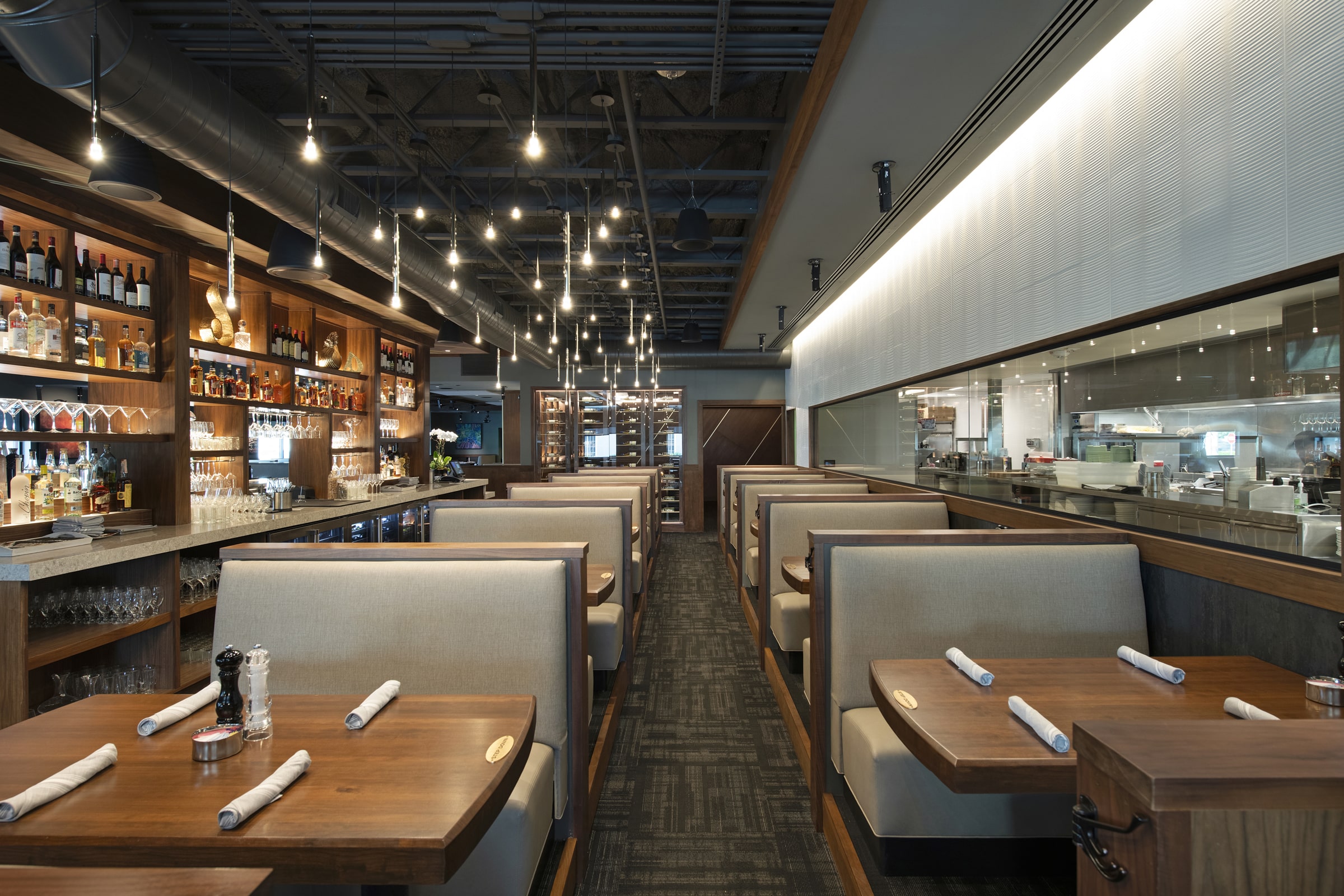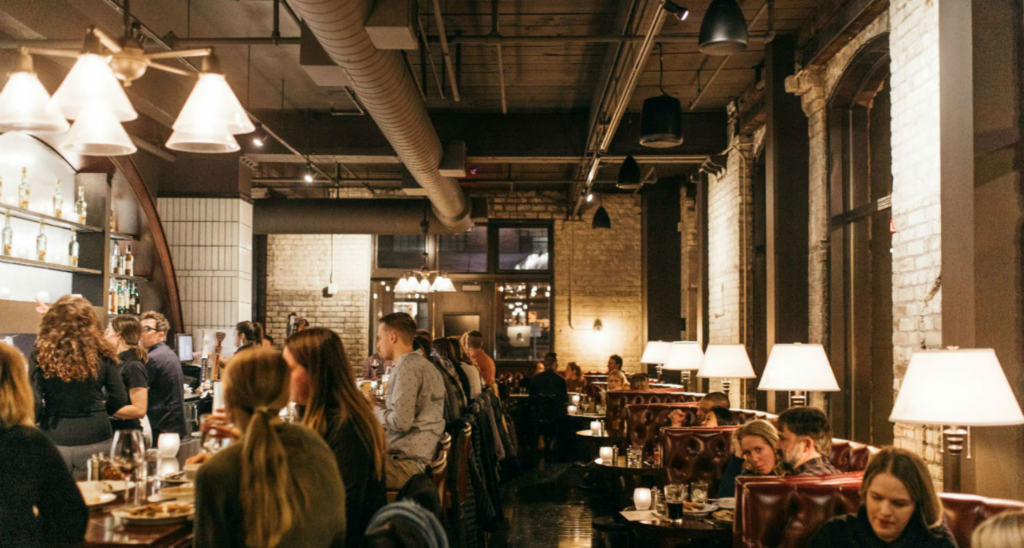At Shea, we pride ourselves on staying on top of what’s happening in design and industry news so that you don’t have to – and we pull what’s smartest and most forward-thinking together to save you the time of sifting through it all. It helps us keep tabs on what’s fresh, inspiring, and happening in the world – and we make a few headlines of our own, too.
How We Create: Creating Restaurant Collections, the New Generation of Prototypes – Shea
While brand recognition is key in a collection of restaurants, so is differentiation and community connection. Learn how we create restaurant collections, the new generation of prototypes.
A $400 Million Bet Says This Is the Mall of the Future – The Wall Street Journal
Edina’s Southdale Center is making a major investment to become more than just a mall; Southdale’s plan includes a luxury wing, high-end apartments and the addition of attractions like pickleball and golf experiences. The Wall Street Journal wants to know, is this the mall of the future?
Companies Bet Big on the Branded Residence Segment – Hospitality Design
Branded residences are in demand, with a focus on luxury and lavish design. Hospitality Design dives into the growing interest and showcases properties around the world where hotels have extended their brand to the residential market.
AI In Hospitality: Elevating The Hotel Guest Experience Through Innovation – Forbes
Forbes explores how the hotel industry has integrated AI technology into their operations to enhance the guest experience. From analyzing guest feedback to predictive room service, many hotels are experimenting with using AI to provide better service during guests’ stays.
Food Halls: A Fad Still Figuring It Out – Restaurant Business
Industry experts with Restaurant Business debate the pros and cons of food halls as they continue to be a growing segment of the restaurant industry.
$1,780 to Spend the Night in a ‘Cocoon’? Hotels Are Betting on Sleep Tourism. – The New York Times
A restful night’s sleep should be the standard at any hotel stay, but some are taking it to the next level as they explore the rise of “sleep tourism.” The New York Times looks into the business opportunities around sleep and the new technology and programs hotels have introduced.
Recent Shea news:
Kaskaid Hospitality Announces new restaurant: Boketto


